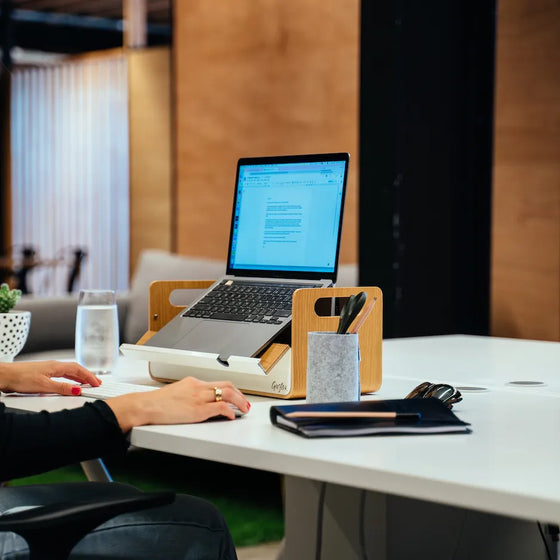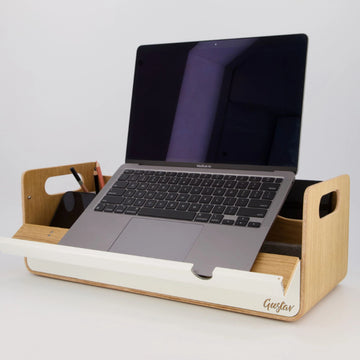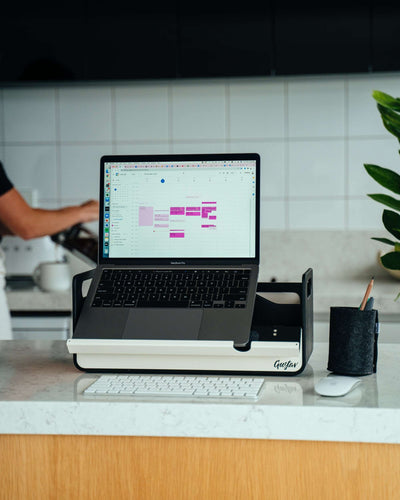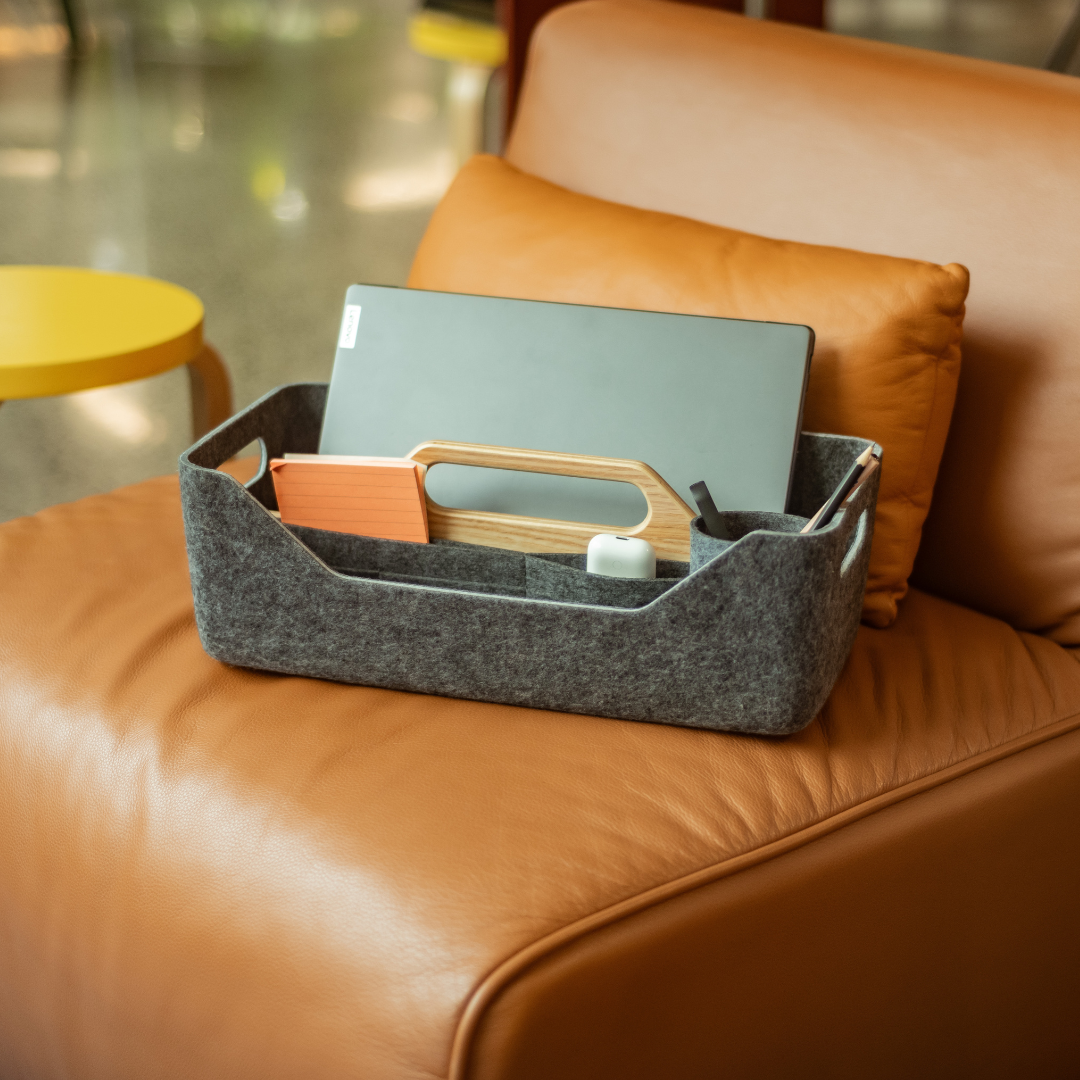Home Office: All the Facts
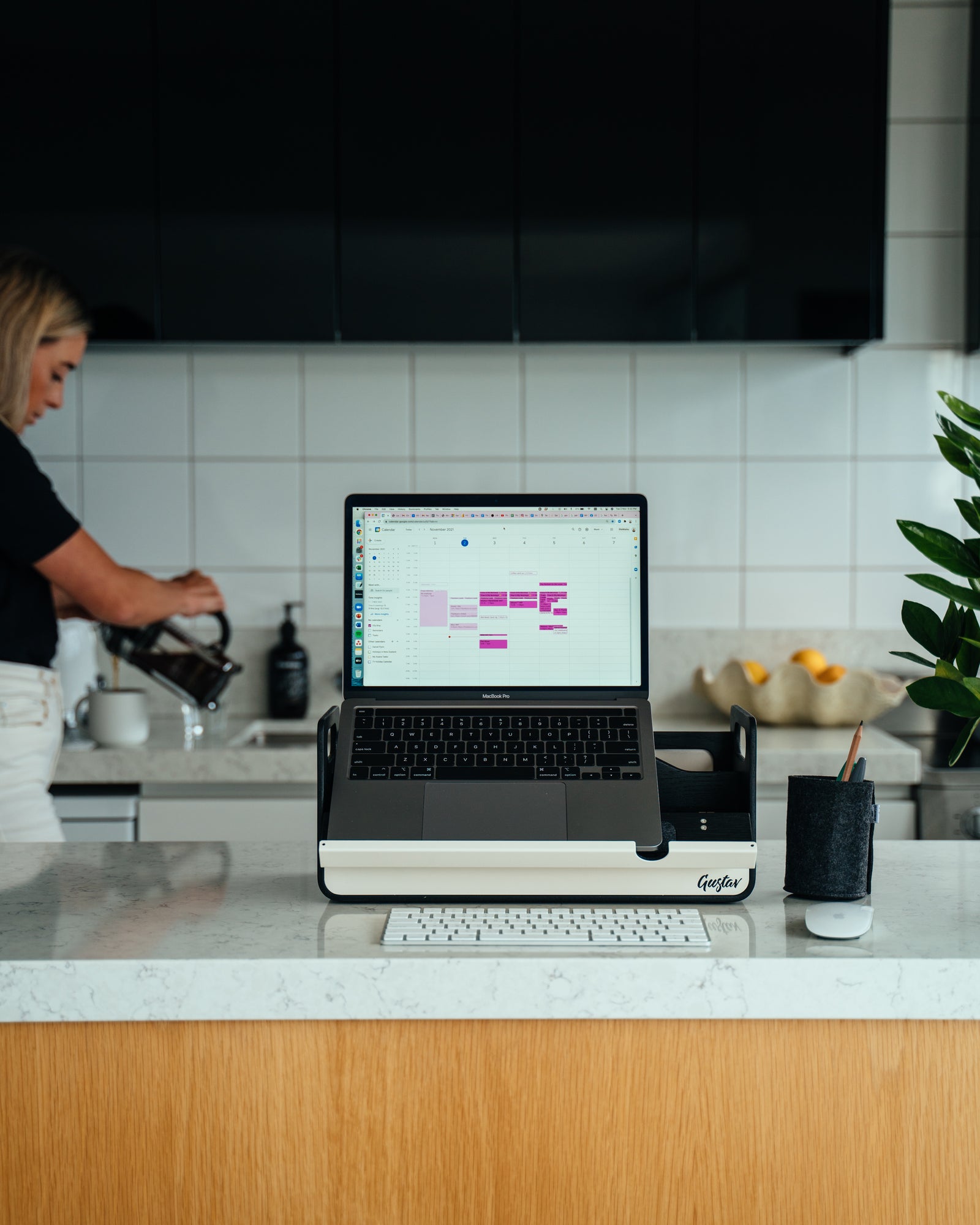
Home office before and during the pandemic
Due to the Covid 19 pandemic, many companies are experiencing a home office boom.
Example Austria: the Flexible Working Study 2020 by Deloitte Austria shows how working is changing. In cooperation with the Universities of Vienna and Graz, the study analyses the current status of the spread of flexible working models in 300 domestic companies.
Where did home office already exist before?
Knowledge workers can do their work regardless of location - and not just since Corona. Until now, home office was only used by a few individuals or very limited target groups in 75% of companies. This has now changed abruptly: Overall, 90 % of the respondents state that at least half of the workforce worked from home during the lockdown period. In almost 60 % of the companies, almost the entire workforce was even in the home office.
Is our home the office of the future?
The home office has many advantages. Working at one's own pace and a minimal commute, companies save themselves expensive open-plan offices. At the same time, working from home also brings many disadvantages: isolation, more difficult communication and the notorious motivation gap are detrimental to productivity in the home office.
What are the disadvantages of Home Offices?
- Weakened network: communication within a team must be practised in order to function remotely. The informal network is weakened.
- Distraction: the separation between professional and private tasks can be a challenge.
- Investment: to be able to work flexibly, a corresponding IT infrastructure is needed, which initially incurs high costs.
- Reputation: employees who work flexibly run the risk of not being seen as high performers and even seeing their own performance as lower.
- Decreasing employee loyalty: Employees who work permanently in a home office identify less with their company in the long run.
- Isolation: permanent or too frequent remote working can lead to a subjectively perceived feeling of social isolation. As a result, the employee develops negative feelings about his or her job.
What are the advantages of increased home office?
- Time saving: travelling to the office and the associated stress factors such as traffic, the search for a parking space or crowds in public transport are no longer necessary.
- Flexibility: working from home offers great flexibility. Breaks can be used for small errands such as doing the laundry.
- Phases of concentration: Focused work is far more possible in a quiet home office than in a hectic office.
- Actively designing the workplace: at home, the workplace can be optimised and designed according to one's own ideas. Central ventilation, heating and lighting installations that can affect well-being and thus work performance are no longer stressors.
- Recruit skilled workers from all over the world: The free choice of workplace has the great advantage that employees can pursue their activities regardless of location. This makes the company interesting even for candidates who live further away.
- Less absenteeism due to illness: In times of waves of illness, the contagion is immensely reduced by using home office.
Who bears the costs for my home office?
Who bears the costs for the home office? There are tax regulations on this, as well as shares that employers have to bear.
What can you write off against tax?
Basically, if you have your own room that is used almost exclusively for work, you will have tax advantages. On the other hand, a home office in the living room is not tax-deductible.
But: A room that was previously used privately, and during the pandemic was used mostly for work, can be claimed for tax purposes. Examples include a guest room, a converted attic and the like.
Employees in Austria can deduct costs of up to 300 euros via the employee tax assessment from the assessment year 2021. These costs relate to ergonomically suitable furniture (swivel chair, desk, lighting and others). The prerequisite for this is that employees work in a home office for at least 26 days a year.
A partial amount of a maximum of 150 euros can already be claimed retroactively for the year 2020. In this case, the maximum amount of 300 euros is reduced in 2021 by the portion already claimed for 2020. This means that for the years 2020 and 2021 together a maximum of 300 euros can be claimed for ergonomic furniture.
Payments by employers to compensate for additional costs in the home office will not be taxed up to 300 euros per from 2021.
If employers pay out less than the maximum amount, the difference can be claimed by employees as income-related expenses when settling their taxes. Provided that no expenses for a tax-approved study are taken into account. The number of home office days and how much the employer pays in home office allowance untaxed can be found by employees on their payslip.
What the employer must pay for
Who pays for the home office depends on what the employee and the company have agreed. If there is no clear agreement, the employer theoretically bears all costs for the home office. Work equipment such as computers or mobile phones must be provided by the employer. If you are not provided with work equipment, your employer must pay you a cost reimbursement, i.e. a certain financial contribution. A clear agreement is advantageous for both sides: the costs for electricity or internet do not necessarily have to be reimbursed by the employer.
Advantages and disadvantages
Work and home go hand in hand
Working from home offers great flexibility. Breaks can be used for small errands, such as doing the laundry. It also makes it easier for many workers to look after children - especially when schools or kindergartens are closed due to a pandemic.
Employers' occupancy costs can be reduced by almost a third
If a company calculates with a certain percentage of home office, it saves costs: the bills for electricity, heating, cleaning and office space are lower. On average, companies that rely more on home office can reduce costs by about one third.
When the laptop at home is only ten steps away
A strong focus on accessibility often leads to great pressure for many employees. It is much more important to put performance in the foreground and to agree on clear framework conditions as orientation. This prevents a possible feeling of burn-out and leaves room for recovery.
The team's sense of community decreases
Communication within a team must be practised in order to function remotely. The informal network is weakened. Employees need to meet regularly to assess each other and work well together. The feeling of belonging together decreases when a team works exclusively in isolation.
Conclusion
Mobile working works - and with the right tools: Gustav Original is the first portable office toolbox that makes ergonomic working possible anywhere, anytime and allows workers to customise their workspace wherever they are. Lightweight, stylish and with space for all important work utensils, the workplace can be set up in seconds with Gustav and is designed for all people in agile offices, hot-deskers, activity-based working and for working in the home office.


